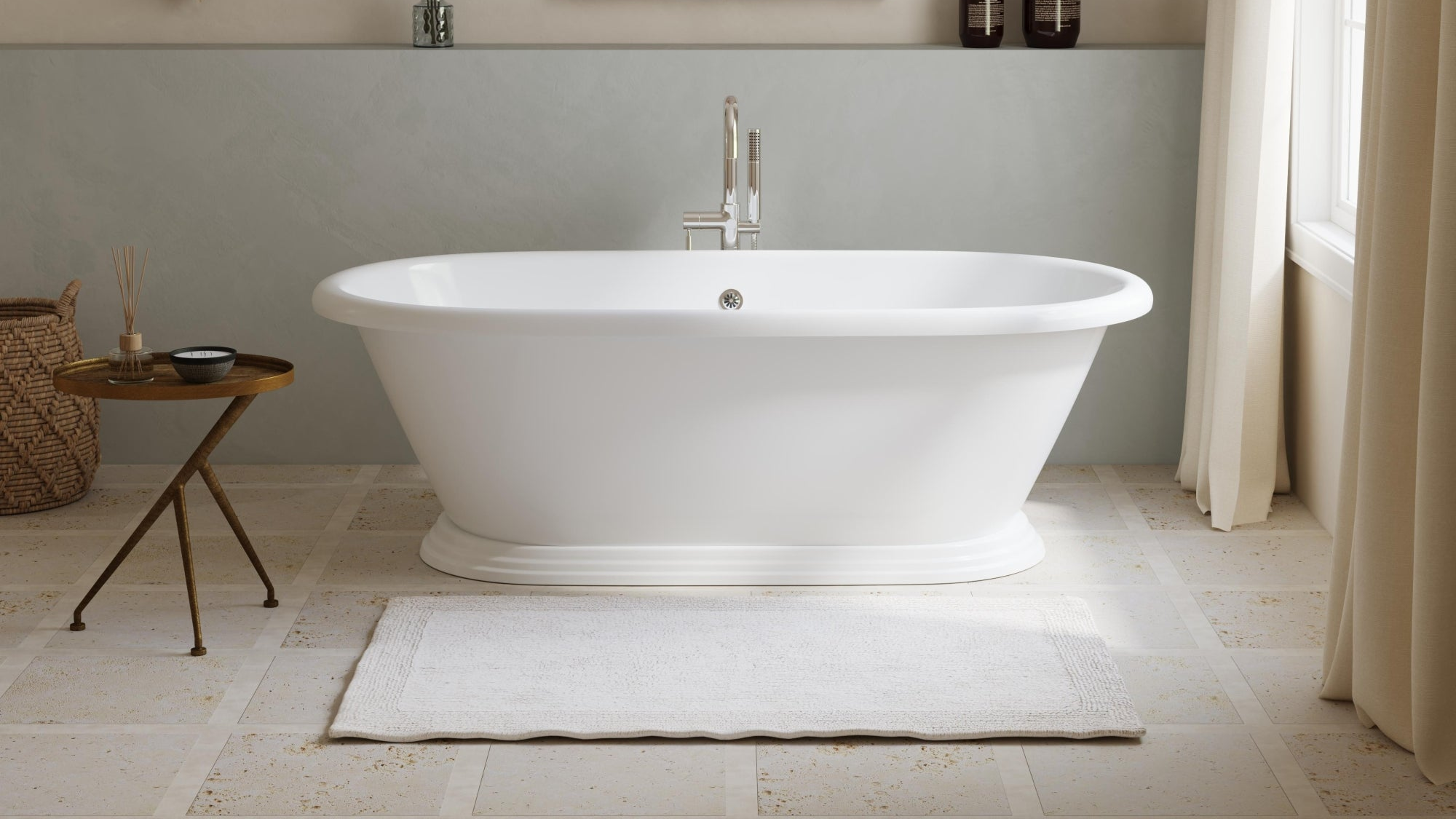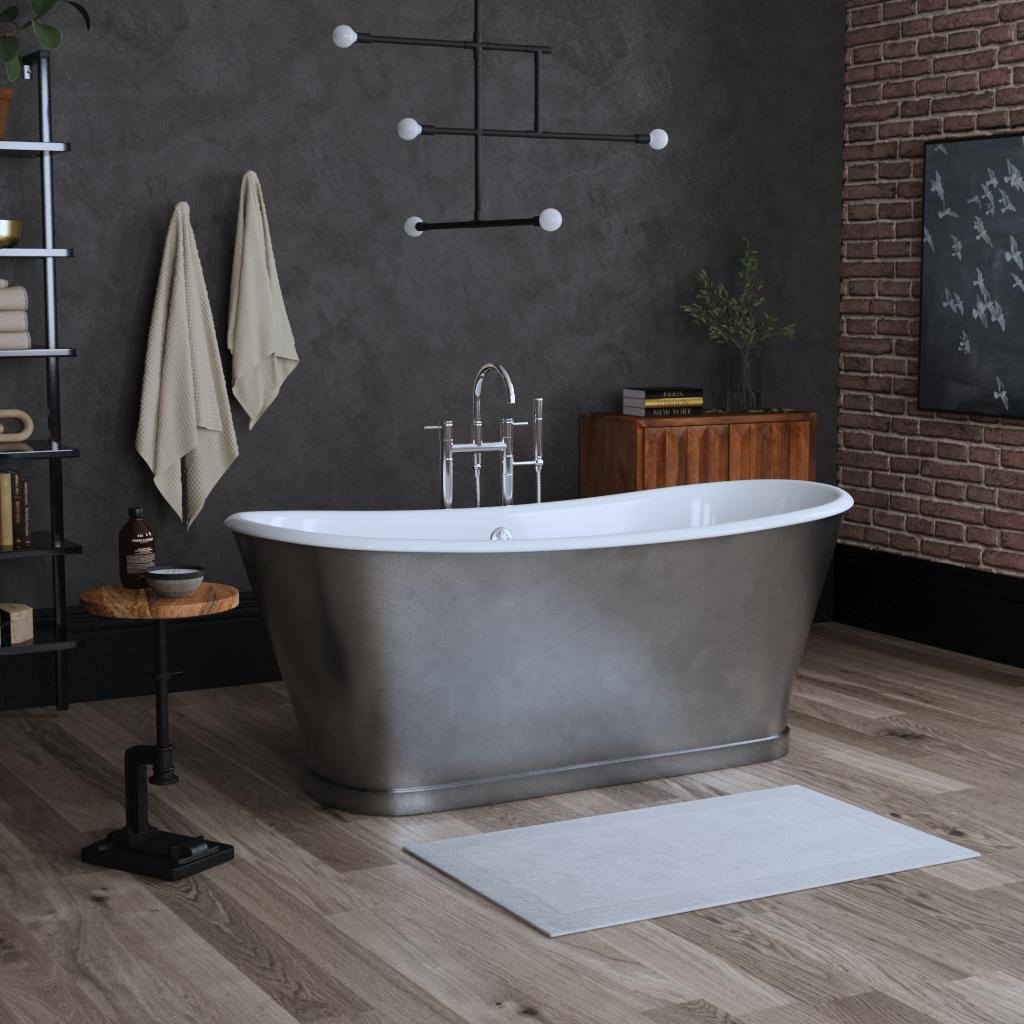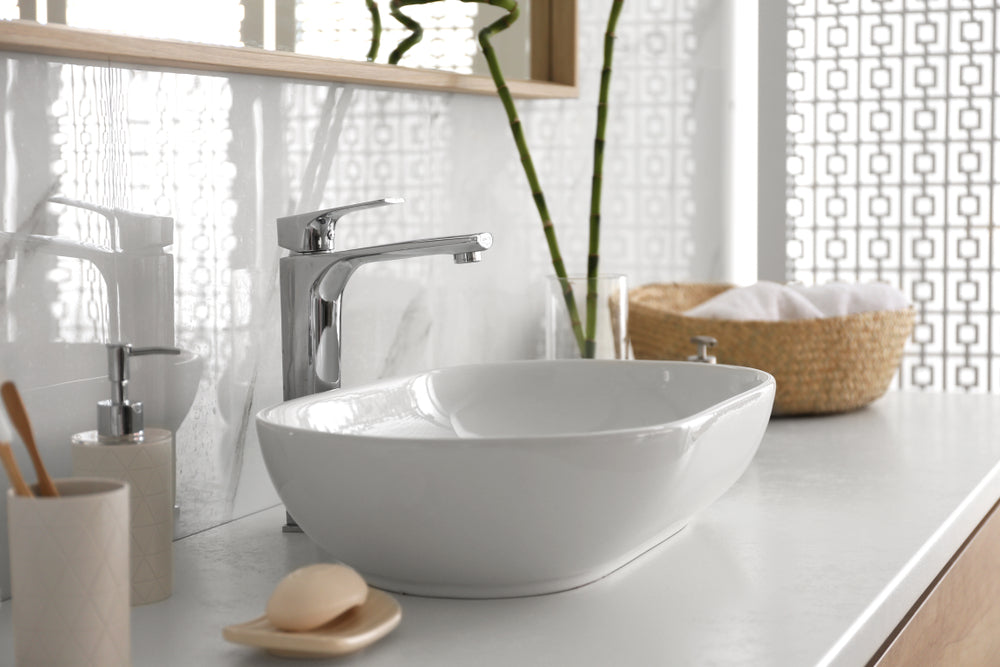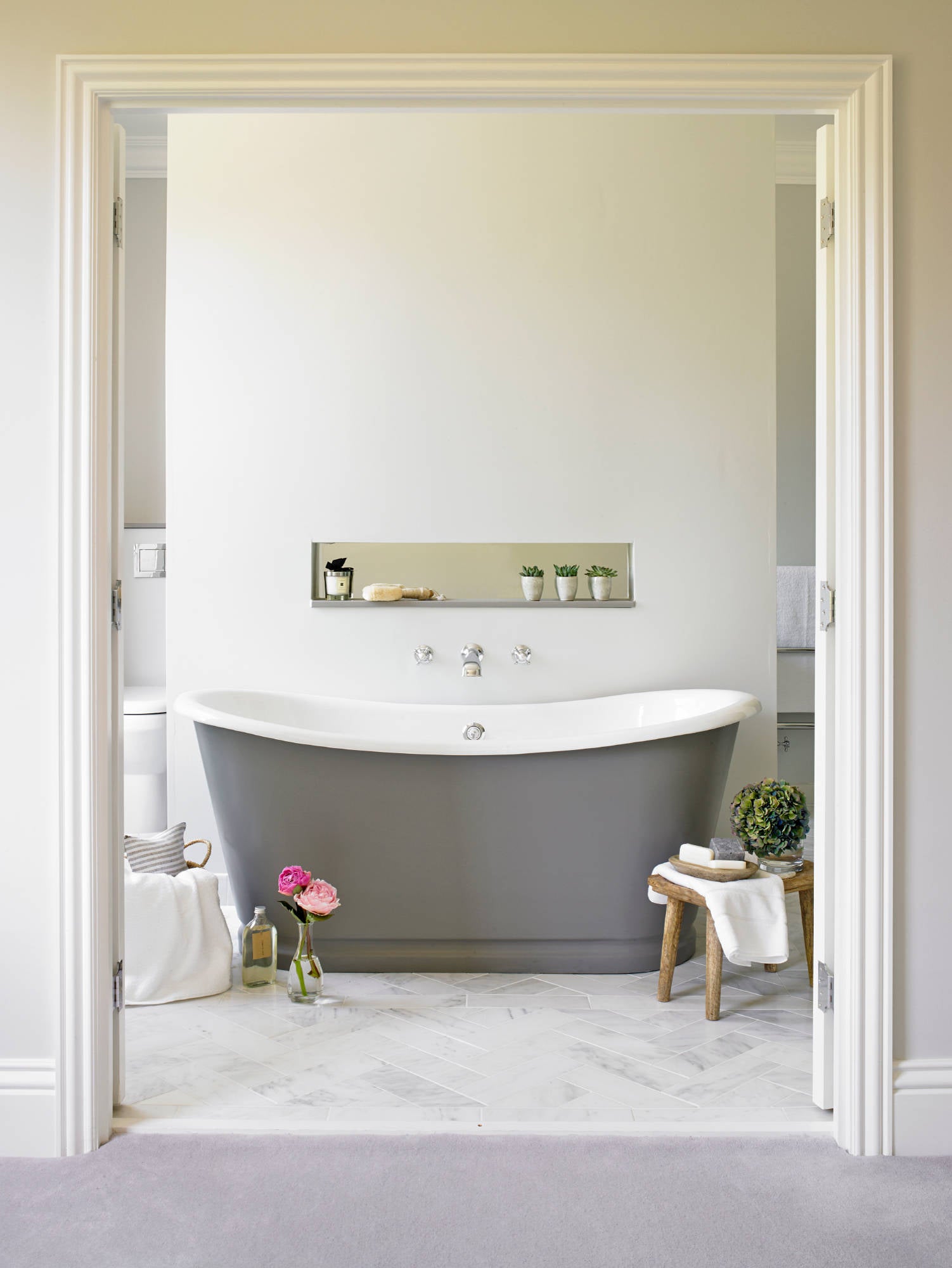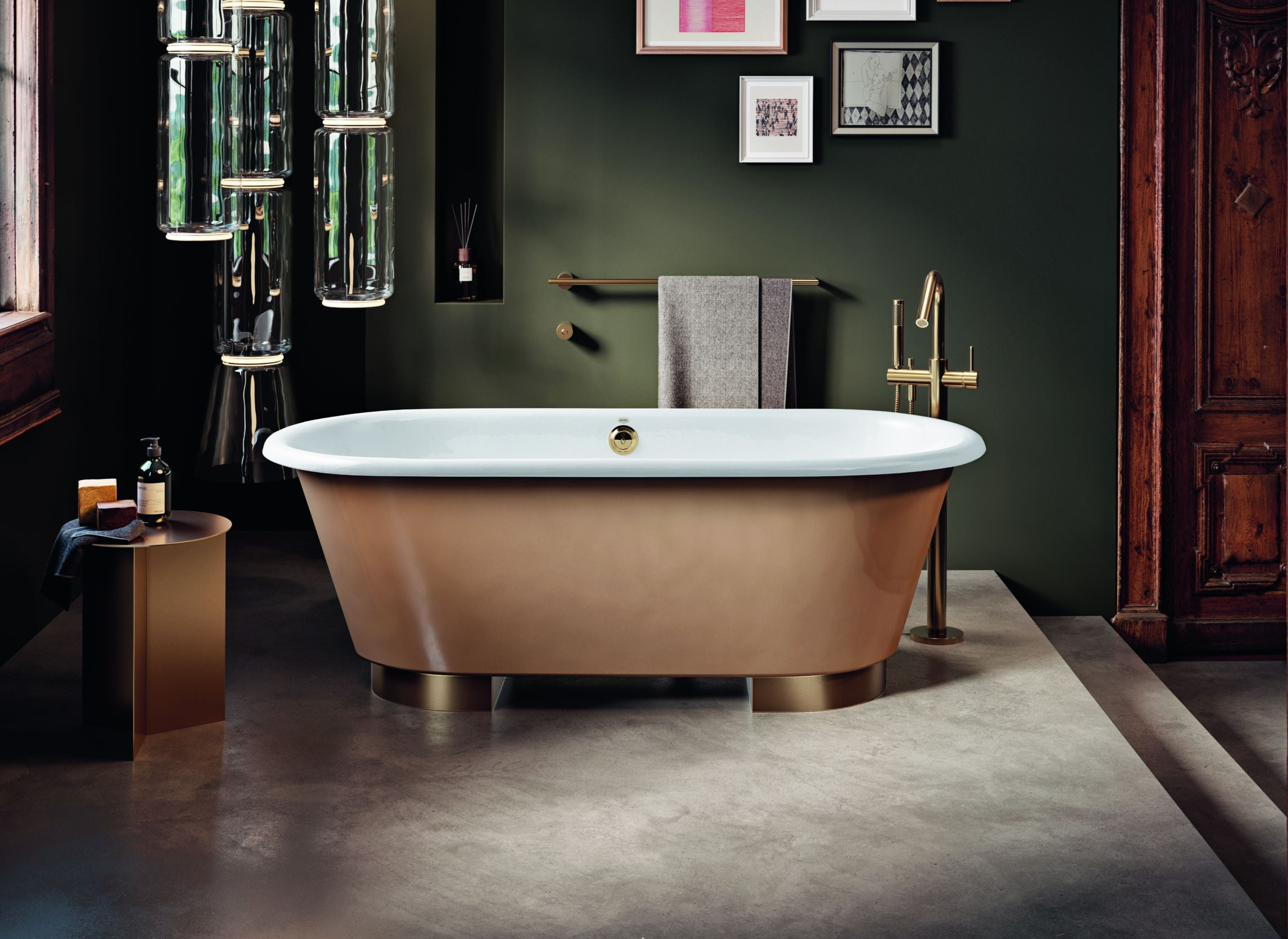
Flow
High-end Bathroom Sinks, Bathtubs &
Fixtures With European Craftsmanship
Family owned
since 1984
Shop high-end bathroom fixtures with European craftsmanship. Explore luxury sinks, bathtubs, and faucets for elegant, upscale bathrooms
High-end Bathroom Sinks, Bathtubs &
Fixtures With European Craftsmanship
As seen in
Shop by Category
"Cheviot was founded on a simple belief beautiful, lasting craftsmanship belongs in every home. As a company that spans generations, our passion is to uphold this legacy, creating timeless, sustainable luxury that elevates everyday living."
-Amlani Family
